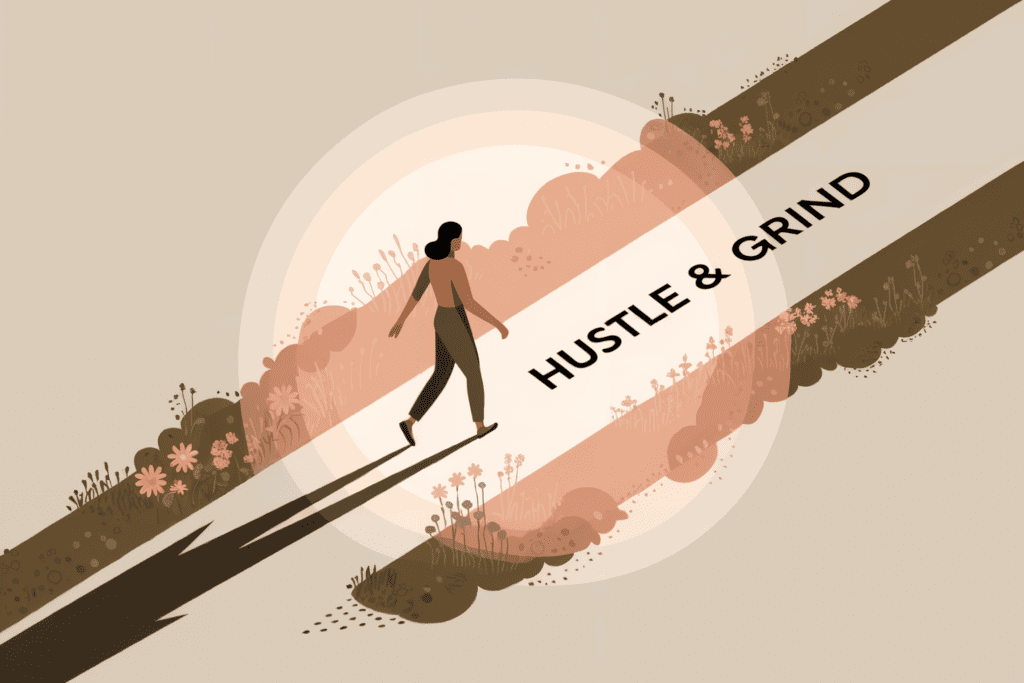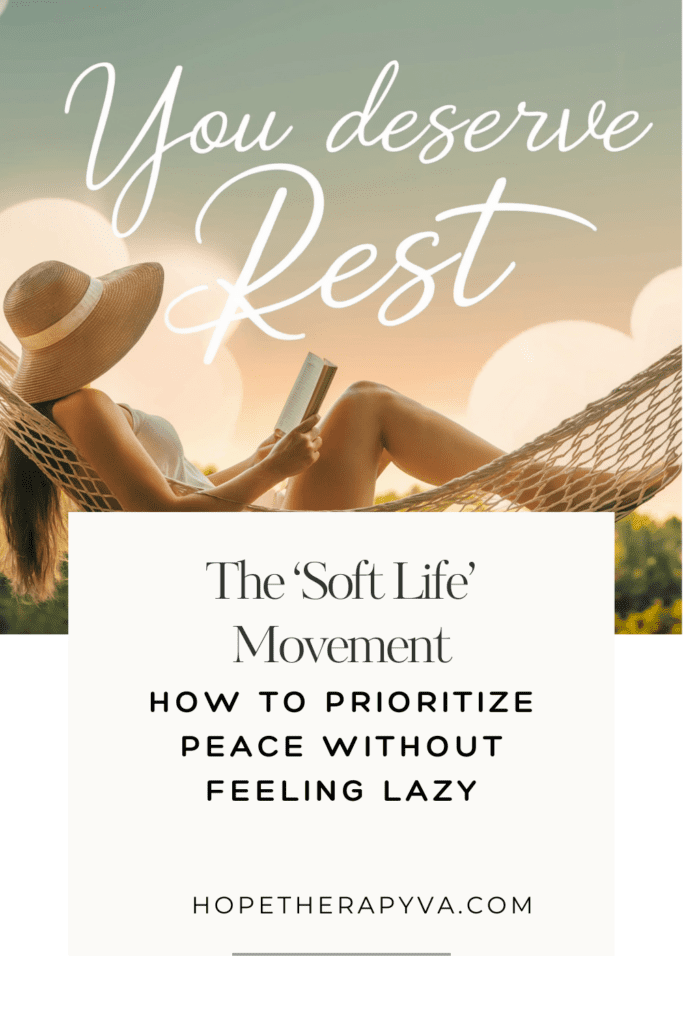Introduction
In a world that glorifies hustle culture, the ‘soft life’ movement has emerged as a powerful counter-narrative. This lifestyle shift is all about prioritizing peace, well-being, and balance over stress, overworking, and burnout. But for many, the idea of stepping away from constant productivity can feel uncomfortable or even lazy.
In this blog post, we’ll explore what the soft life movement truly means, why prioritizing mental peace isn’t laziness, and how you can embrace a slower, more fulfilling way of living without guilt.
What Is the Soft Life Movement?
The term ‘soft life’ originated in Black communities as a rejection of unnecessary hardship and struggle. It encourages individuals to seek ease, joy, and self-care, rather than subscribing to the notion that success must come from relentless grind and sacrifice.
At its core, the soft life movement is about:
- Setting firm boundaries to protect your mental and emotional well-being.
- Choosing rest and self-care over burnout.
- Aligning your life with peace, fulfillment, and intentionality.
- Letting go of toxic productivity and guilt around rest.
Rather than being about avoidance or laziness, the soft life movement is about choosing a lifestyle that prioritizes mental health and happiness.

Why Hustle Culture Is Making Us Anxious
For decades, hustle culture has been glorified. We’ve been told that working harder, doing more, and always being busy is the key to success. But at what cost?
Studies show that chronic stress and workaholism are linked to:
- Increased anxiety and burnout.
- Higher risks of depression and emotional exhaustion.
- Physical symptoms like headaches, insomnia, and fatigue.
- A decline in overall happiness and life satisfaction.
Hustle culture convinces us that our worth is based on our output rather than our well-being. The soft life movement challenges this idea, promoting the belief that rest is productive, too.
How to Embrace the Soft Life Without Feeling Lazy
Shifting to a soft life mentality requires unlearning deeply ingrained beliefs about work, productivity, and self-worth. Here’s how you can begin embracing peace and prioritizing mental well-being without guilt:
1. Reframe Your Thoughts Around Rest
Many people associate rest with laziness, but rest is essential for mental clarity, emotional balance, and productivity.
- Remind yourself that you don’t have to earn rest.
- See rest as a strategy for better energy and focus, rather than a reward.
- Practice mindful relaxation, such as meditation, deep breathing, or simply doing nothing.
By viewing rest as an investment in your well-being, you free yourself from the guilt of ‘not doing enough’.
2. Set Boundaries With Work and Responsibilities
If you’re used to overworking or always saying yes, embracing the soft life means learning to say no more often.
- Set clear work-life boundaries (e.g., no emails after a certain time).
- Learn to say no without guilt.
- Delegate tasks that drain your energy.
- Prioritize what truly aligns with your peace.
Healthy boundaries help protect your mental space and prevent burnout.
3. Prioritize Joy and Pleasure
Hustle culture tells us that leisure is a waste of time, but joy is essential for mental wellness.
- Find small moments of pleasure every day (music, books, art, nature).
- Engage in activities simply because they make you happy.
- Give yourself permission to enjoy life without guilt.
The soft life isn’t about doing nothing—it’s about choosing what brings peace and joy.
4. Declutter Your Schedule and Commitments
Overpacked schedules create stress and mental clutter. A soft life mindset encourages you to be intentional with your time.
- Cut out unnecessary obligations that don’t serve you.
- Give yourself more buffer time between tasks.
- Learn to be okay with doing less but doing it well.
Slowing down helps enhance focus, creativity, and overall well-being.
5. Cultivate a Mindful Lifestyle
A key aspect of prioritizing mental peace is mindfulness. Mindfulness helps you stay present and avoid unnecessary stress about the past or future.
- Practice daily mindfulness exercises, like deep breathing or journaling.
- Limit distractions (social media, negativity, overconsumption of news).
- Focus on what truly matters rather than chasing external validation.
Mindfulness is a powerful tool for embracing the soft life without feeling unproductive.

Soft Life Isn’t About Avoiding Hard Work—It’s About Balance
One misconception about the soft life movement is that it promotes laziness or avoidance of responsibility. This isn’t true.
The soft life is about working smarter, not harder, and prioritizing self-care so you can be more present, fulfilled, and balanced in your daily life. It’s about understanding that hustling yourself into exhaustion isn’t the only path to success.
By integrating rest, boundaries, and intentionality, you create a life where you can still be ambitious and successful—without sacrificing your well-being.
Final Thoughts: Embracing Peace Without Guilt
Choosing the soft life doesn’t mean you’re lazy—it means you value mental peace, fulfillment, and sustainable happiness. By shifting away from toxic productivity and embracing intentional rest, you create space for a healthier, more balanced life.
This journey isn’t about doing nothing—it’s about living intentionally, reducing stress, and prioritizing joy. And that, in itself, is a powerful form of success.
Did this resonate with you? Share in the comments how you’re embracing a soft life mindset and what changes you’re making to prioritize your mental peace!



